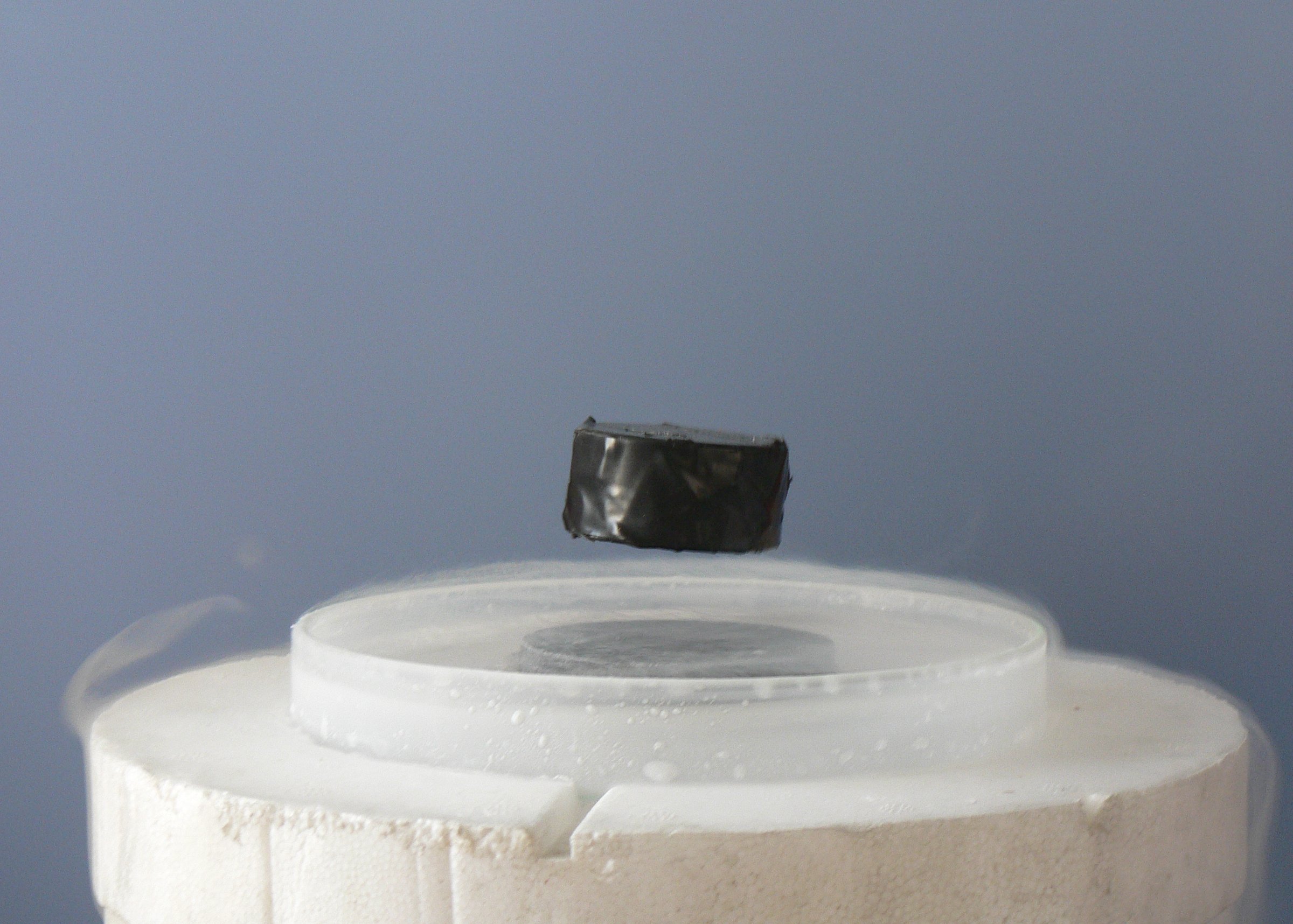Superconductivity
- Introduction to Superconductivity
- Theoretical Foundations
- Types of Superconductors
- Superconducting Materials
- Superconducting Phenomena
- Superconducting Devices
- Superconductivity and Quantum Computing
- Challenges in Superconductivity
- Future of Superconductivity
- Case Study: Superconductivity in Energy Sector
- Case Study: Superconductivity in Medical Field
- Case Study: Superconductivity in Transportation
Challenges in Superconductivity
Technological Challenges in Superconductivity

Electrical conductivity with exactly zero resistance.
Superconductivity, despite its promising potential, faces several technological challenges that need to be addressed to fully harness its capabilities. This article will delve into these challenges, providing a comprehensive understanding of the complexities involved in integrating superconducting devices into existing technology, the issues of energy efficiency, manufacturing difficulties, and the challenge of scaling up superconducting technology for industrial use.
Integration of Superconducting Devices
One of the primary challenges in superconductivity is the integration of superconducting devices into existing technology. Superconducting devices operate under different principles compared to conventional devices, requiring unique infrastructure and support systems. For instance, most superconducting devices need to be cooled to extremely low temperatures, necessitating the use of cryogenic systems. This requirement poses a significant challenge in terms of both cost and practicality, especially in environments not suited for such systems.
Energy Efficiency
While superconductors can carry current without resistance, the systems needed to maintain them—like cooling systems—can consume significant amounts of energy. This paradox poses a challenge to the energy efficiency of superconducting devices. Research is ongoing to develop more energy-efficient cooling systems and to discover new materials that exhibit superconductivity at higher temperatures, reducing the need for extensive cooling.
Manufacturing Difficulties
The manufacturing process of superconducting materials and devices is another significant hurdle. Many superconducting materials are ceramics, which are brittle and difficult to shape into wires or other useful forms. Additionally, maintaining the purity of these materials during the manufacturing process is crucial, as impurities can significantly degrade their superconducting properties. These factors make the manufacturing process of superconducting devices complex and costly.
Scaling Up Superconducting Technology
Finally, scaling up superconducting technology for industrial use presents a considerable challenge. While superconducting devices work well on a small scale, it is a whole different ball game when these devices are scaled up. Issues such as maintaining uniform temperature across large superconducting systems, dealing with large magnetic fields, and ensuring the stability of large-scale superconducting systems are all significant challenges that need to be addressed.
In conclusion, while superconductivity holds immense potential for revolutionizing various sectors, these technological challenges need to be overcome to make this a reality. Continued research and development in this field are crucial to address these challenges and unlock the full potential of superconductivity.